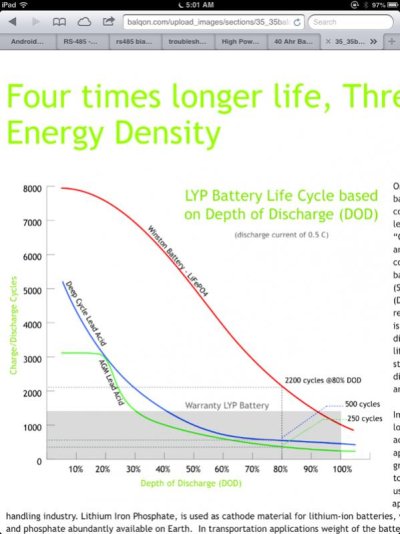deckofficer - thanks, ok...so closer to $10,000, but a very capable system. Yes, I have more than 200 sq ft of canopy, I appreciate it laid out. It gives me some insight and things to investigate.
skidgear - any of the above. Big Brother has his fingers in too many places everywhere. Its self perpetuating. More regulation, more taxes to support oversight. Its sickening.
So no one has advocated regulation. At this point. But insurance companies can do what is in their best interests, and always will. Including lobby for regulation when it serves their best interests.
Your statement about asking for guidelines so regulation is not necessary leaves me unconvinced. Regulation of everything under the sun (no pun intended) is not necessary. You are assuming that regulation may be required. My research on this subject is just beginning, but already I am less convinced than before that any type of regulation will be needed, and skeptical of the need for even guidelines in the sense that you mean them.
Perhaps everyone who jacks up a car and slips underneath should have to register for a course on how to properly place jackstands under the vehicle, and what safety steps to go through from evaluating the site of the planned job to the buddy system in case something happens. Maybe it should be a card people carry in their wallet and take a refresher every 3 yrs?
Your response to my last paragraph is actually quite premature. Somehow I think you find yourself needing to be the savior of the uninformed? Thanks, but quite unnecessary. I will conduct many hours of research before committing to a plan of action. While my electrical knowledge is limited at this point, I have more experience with research and learning than most people have with over 10 yrs of postgraduate education. So I feel secure I will make informed decisions.
Or perhaps you feel the need to rescue the other uninformed people out there who may be on a similar path to mine but less likely to research and make informed decisions? I wish you luck with that. People make life changing decisions every day, many of them uninformed.
We cant regulate it all. We shouldn't regulate it all. We don't even need to spend the money for committees to produce "guidelines". Just my opinion.
Ebaugh - $40 a day equals $1200 a month. Lets just say we use June, July, August, and Sept as our heavy months for A/C use and we obtain a figure of $4800.....but we live in an area where 1/3 of the summer is cloudy and unproductive for solar generation (just to use round figures). So realistically $3000 is spent JUST over those 4 months on fuel and maintenance for a generator (maybe we should factor IN that generator's initial cost, since my boat doesn't have one and I would be purchasing?.....nah....lets leave it out for now, because I'll probably want one anyway. lol).
So even NOT counting the rest of the year where solar can be productive and energy saving, in just OVER 3 years you have your solar paid for if we use $10,000 as our cost for the system. After that we are saving $3000 a year (maybe more)
Granted, I am assuming HEAVY use of that genset in the calculation, but lets say we halve that generator useage and it takes us 6 yrs to pay off the solar...........is that a bad investment? We WILL be replacing batteries at some point, but we'll work their cost into the "free" energy of the next decade hopefully.
Just exercising the "what if?" muscles



